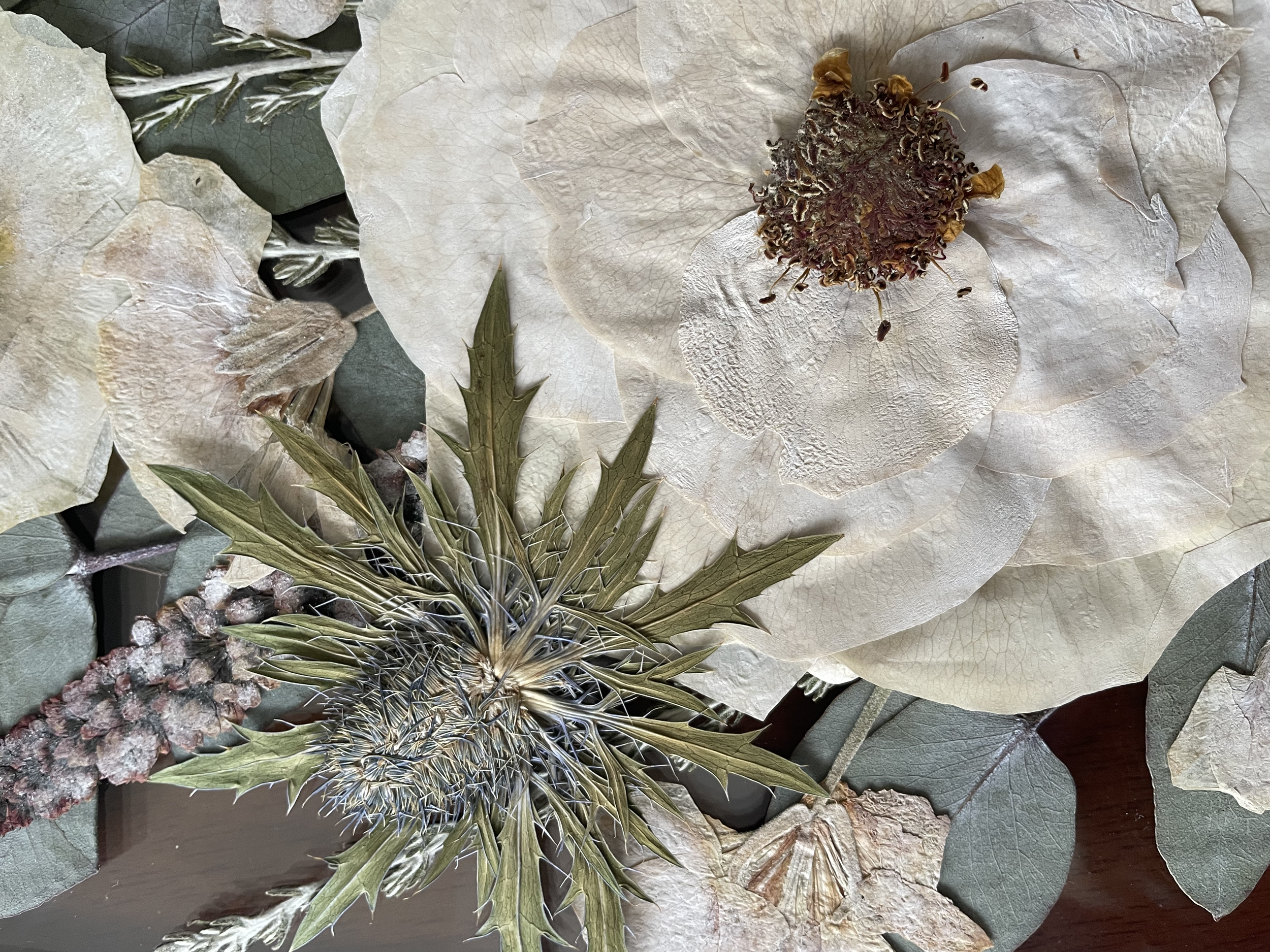The Science Behind Flower Pressing: A Timeless Craft Preserving Nature’s Beauty
Flower pressing is a centuries-old art that has long captured the beauty of nature, preserving flowers in a way that allows their vibrant colours and intricate details to last well beyond their lifespan.
Whether you're pressing flowers to create keepsakes or to simply immortalise a favourite bloom, the science behind it is fascinating.
Let’s dive into what flower pressing is, its history, and how it actually works.
What Is Flower Pressing?
At its core, flower pressing is the process of flattening and drying flowers to preserve their appearance. The goal is to remove the moisture from the petals and leaves while maintaining as much of their original shape and colour as possible.
This process can be done using a traditional press, a heavy book, or even specialised drying methods. When done correctly, pressed flowers can last for many years, capturing the essence of a moment or a season in time.
A Brief History of Flower Pressing
Flower pressing isn’t a new practice by any means. In fact, it dates back hundreds of years.
One of the earliest recorded uses of flower pressing can be traced back to Japanese and Chinese cultures during the 16th century.
This method, known as "Oshibana" in Japan, was more than just a decorative art—it was also used to create detailed botanical illustrations and herbariums for studying plant species.
In Victorian England, flower pressing became a popular pastime among the elite, especially for women who collected, pressed, and displayed flowers in albums.
The Victorian obsession with nature, combined with the romanticism of the era, made this craft not only a form of artistic expression but also a sentimental practice.
People would press flowers from significant events such as weddings, funerals, or even walks through the countryside, turning them into keepsakes or gifts.
The Science Behind Flower Pressing
Now, let’s get into how flower pressing actually works. The key principle behind pressing is dehydration. Flowers, like all plants, contain a lot of moisture. By applying pressure and ensuring they are in an environment that encourages drying, the moisture is extracted. This stops the flowers from decaying while still retaining their shape and colour.
Here’s how it works step by step:
Moisture Removal: When you press a flower, you're essentially flattening it and pushing out the moisture. The drying process happens due to the absorbent materials—often paper, blotting sheets, or cardboard—that are used during the pressing. These materials help to wick away the moisture from the plant’s tissues.
Cell Structure: The structure of a flower is made up of tiny cells that collapse during the pressing process. As the moisture is pulled out, the cells shrink, allowing the flower to flatten without falling apart.
Preserving Pigments: The success of preserving a flower's colour lies in how quickly and evenly it dries. Pigments are fragile and can degrade quickly when exposed to moisture, heat, or sunlight. Rapid moisture removal helps maintain the original colours by reducing the chance of browning or fading.
Avoiding Rot: The biggest risk when pressing flowers is rot. Any moisture left behind can cause the flower to decompose. This is why it's important to press flowers in an environment that is dry and cool.
Environmental Factors: Different types of flowers press in different ways. Some, like daisies, press easily and hold their shape, while others, like roses, are thicker and require extra care. The success of pressing is also dependent on the environment. Flowers that are too wet or pressed during humid conditions may not dry properly and can lead to mould growth.
The Beauty of Pressed Flowers Today
In today’s world, flower pressing continues to be a cherished craft. Whether for creating framed displays, designing wedding bouquet keepsakes, or making greeting cards, pressed flowers remain an elegant and nostalgic way to preserve memories. Modern presses and improved techniques have made the process faster and more efficient, but the science remains the same.
By carefully managing the moisture and pressure, you can turn something as delicate as a flower into a long-lasting piece of art. It's a beautiful blend of science and creativity—a practice that honours nature while giving it an eternal form.
If you’re considering preserving flowers from a special event or simply want to try your hand at this craft, understanding the science behind it will help you appreciate why it’s lasted through the ages. It’s a reminder that sometimes, the most delicate things in life can be made to last with just a little care and know-how.
Feel inspired to try pressing flowers yourself? Grab a flower, apply some pressure, and watch as the science of pressing reveals the beauty of nature in its preserved form.





